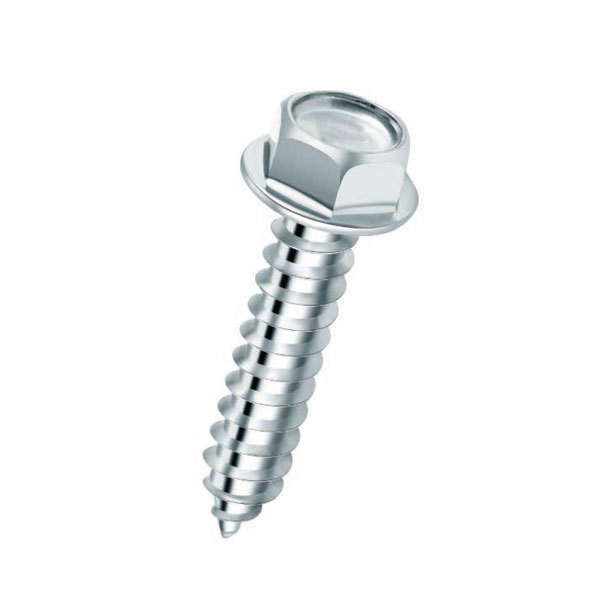Jan . 23, 2025 04:36
Back to list
FLAT WASHER
In the world of fasteners, one might overlook the significance of a humble flat washer. Yet, its role is not only foundational to various mechanical assemblies but also essential for ensuring the longevity and reliability of countless applications. A flat washer, commonly described as a thin, disk-shaped plate with a hole in the middle, serves the simple yet crucial purpose of distributing the load of a threaded fastener. This seemingly mundane component is a staple in the fastener kit of engineers, craftsmen, and DIY enthusiasts alike.
Industry professionals must also consider the environmental conditions in which the washer will function. For instance, if corrosion is a concern, opting for washers made from resistant materials like stainless steel or galvanized metal is prudent. Similarly, in applications exposed to high temperatures, selecting a washer made from materials that don't degrade at elevated temperatures ensures longevity and reliability. Trustworthiness and reliability are intrinsic to the selection of flat washers, especially in critical applications where failure could result in significant operational or safety hazards. For example, in the automotive, aerospace, and construction industries, the repercussions of a failed component can be catastrophic. Therefore, sourcing washers from reputable manufacturers and suppliers with a proven track record is imperative. Certifications, such as ISO standards, are indicators of a product that meets specific quality and safety benchmarks. For those utilizing flat washers in various assemblies, firsthand experience plays a vital role in understanding their importance and versatility. Practitioners often learn, through trial and error, the specific needs and adjustments required by different projects, gaining insights that only experience can provide. In conclusion, the flat washer may appear as a simple component in the realm of fasteners, yet its importance cannot be understated. It embodies the quintessential blend of simplicity and functionality—distributing loads, mitigating vibration, providing spacing, and protecting surfaces. A testament to the convergence of engineering foresight and practical application, a flat washer is an unsung hero in maintaining the durability and effectiveness of mechanical assemblies across myriad applications. Those who appreciate its role and meticulous selection stand to benefit from increased reliability and performance in their projects.


Industry professionals must also consider the environmental conditions in which the washer will function. For instance, if corrosion is a concern, opting for washers made from resistant materials like stainless steel or galvanized metal is prudent. Similarly, in applications exposed to high temperatures, selecting a washer made from materials that don't degrade at elevated temperatures ensures longevity and reliability. Trustworthiness and reliability are intrinsic to the selection of flat washers, especially in critical applications where failure could result in significant operational or safety hazards. For example, in the automotive, aerospace, and construction industries, the repercussions of a failed component can be catastrophic. Therefore, sourcing washers from reputable manufacturers and suppliers with a proven track record is imperative. Certifications, such as ISO standards, are indicators of a product that meets specific quality and safety benchmarks. For those utilizing flat washers in various assemblies, firsthand experience plays a vital role in understanding their importance and versatility. Practitioners often learn, through trial and error, the specific needs and adjustments required by different projects, gaining insights that only experience can provide. In conclusion, the flat washer may appear as a simple component in the realm of fasteners, yet its importance cannot be understated. It embodies the quintessential blend of simplicity and functionality—distributing loads, mitigating vibration, providing spacing, and protecting surfaces. A testament to the convergence of engineering foresight and practical application, a flat washer is an unsung hero in maintaining the durability and effectiveness of mechanical assemblies across myriad applications. Those who appreciate its role and meticulous selection stand to benefit from increased reliability and performance in their projects.
Next:
Prev:
Latest news
-
Top Choices for Plasterboard FixingNewsDec.26,2024
-
The Versatility of Specialty WashersNewsDec.26,2024
-
Secure Your ProjectsNewsDec.26,2024
-
Essential Screws for Chipboard Flooring ProjectsNewsDec.26,2024
-
Choosing the Right Drywall ScrewsNewsDec.26,2024
-
Black Phosphate Screws for Superior PerformanceNewsDec.26,2024
-
The Versatile Choice of Nylon Flat Washers for Your NeedsNewsDec.18,2024
Related News










